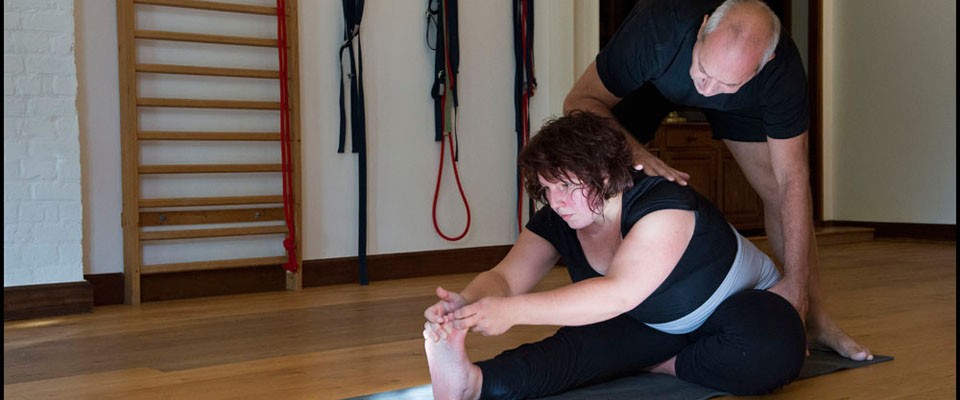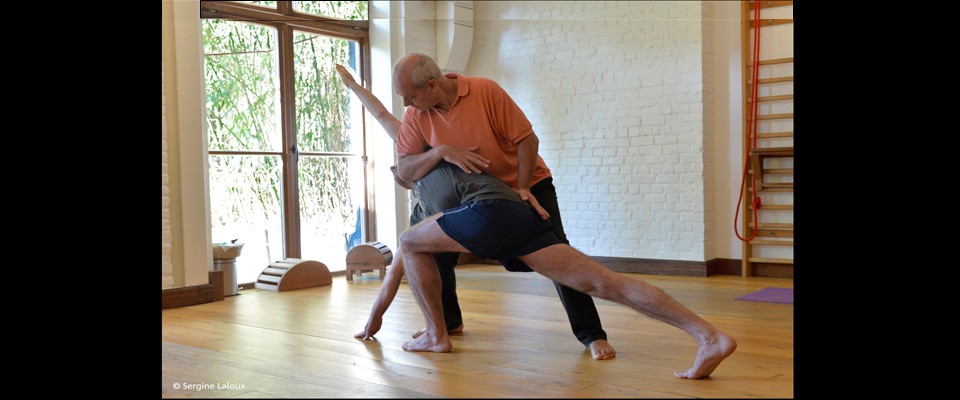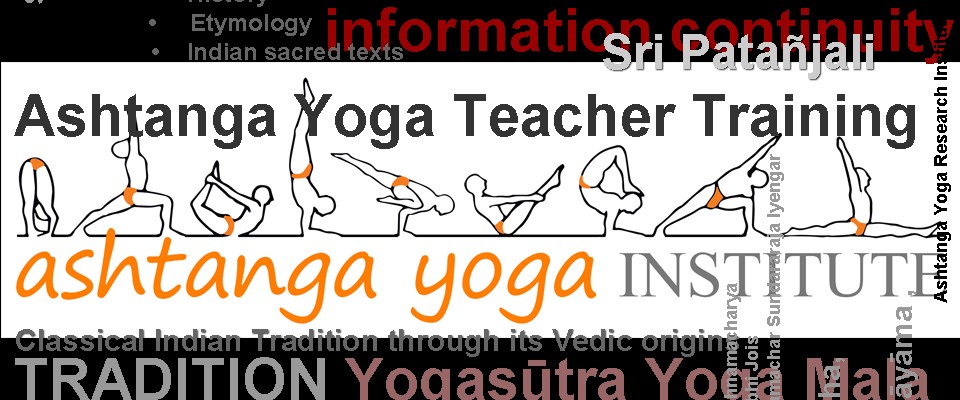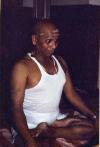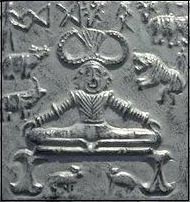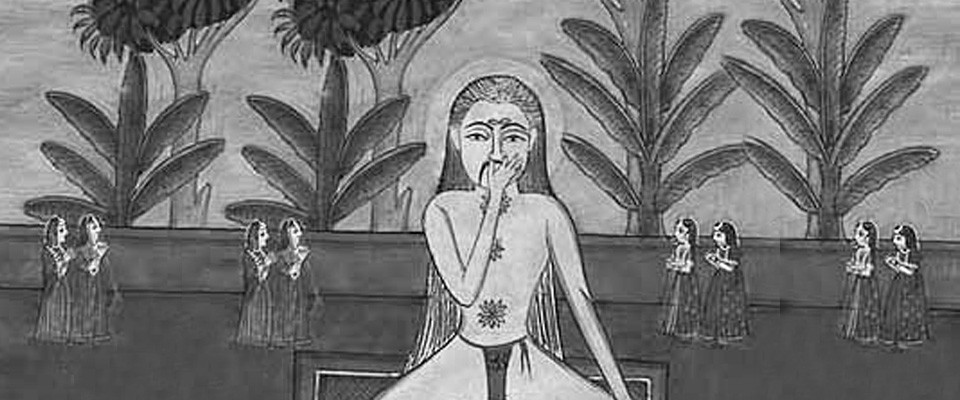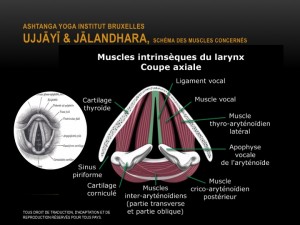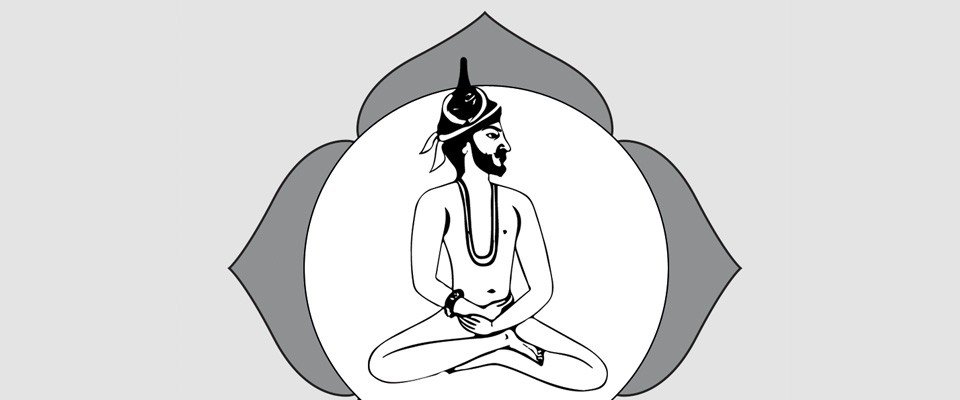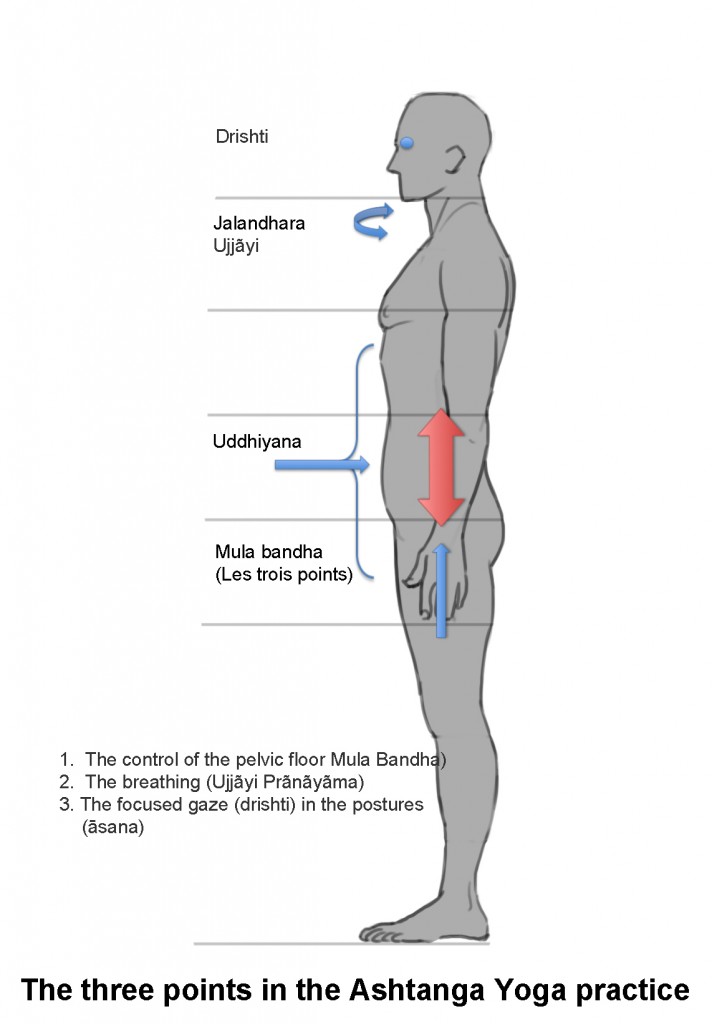In Brussels, an Individual prenatal yoga class will allow you to interact with your body and your unborn child, alone or in a small group of friends (reservation required)
Prenatal Ashtanga Yoga: you will have the opportunity to get accurate answers to all the questions you might have.
Yoga is an ancient art coming from India. It promotes self-discovery through simple gestures and postures, breathing awareness, relaxation and mind calming.
Taught by Jean Claude Garnier, the prenatal yoga is a special time to take care of yourself and your unborn child.
These classes are adapted to all women – at any stage of their pregnancy (the sooner, the better of course) – who want, thanks to their practice of Ashtanga yoga, to :
- Relax and release tension
- Get a better postural balance in everyday life
- Learn how to synchronize breathing and body movement, and to learn how to listen to themself.
- Build a strong relationship with themself and their future child.
- An individual course is tailored to personal needs, body, breath and coordination abilities. A session designed to meet your specific needs with an individual follow-up.
- Help and facilitate the delivery
- A fast recovery
This practice enables you to relax and stay focused while working on your body through a number of specific postures. You’ll fully and smoothly experience your pregnancy and its transformation process. You’ll work to get ready for your delivery thanks to specific breathing exercises and the strengthening of your perineum.
Getting to know your baby
From the beginning of your practice, you’ll feel your baby moving more and more in your belly. Both you and your baby will benefit from these moments of well-being. During these individual classes for pregnant women, you will learn the basics of haptonomy that will help you to bond with your baby. In utero, the baby is already whole person. This class will enable you to dialogue with your future child.
After delivery, Yoga enables you to stay connected with yourself
Birth is a very rich but often a very intense experience. You may want to relax and focus on yourself. Depending on your experience and your personal needs, Yoga classes can resume quickly after delivery. Through private lessons you’ll be able to progressively regain energy and strength in your body. Particular attention will be paid to toning your muscles (the control of the pelvic floor is a significant aspect of Ashtanga Yoga)
For further info concerning pregnancy:
- Alter-NativeS asbl: www.alternatives.be
- Aquarius asbl: www.aquanatal.be
- U.P.A.B. : www.sage-femme.be The preparation for childbirth, with midwives.
- Haptonomie : http://www.haptonome.be
